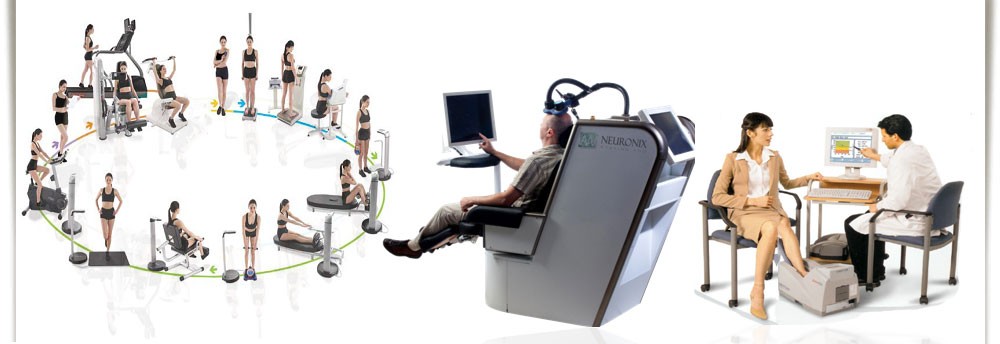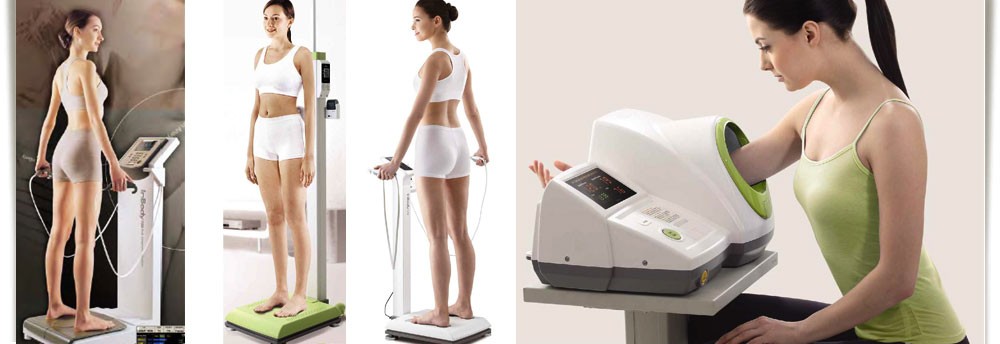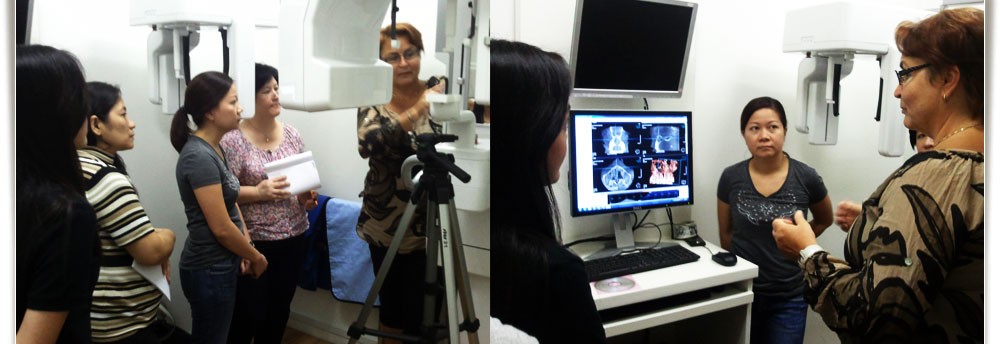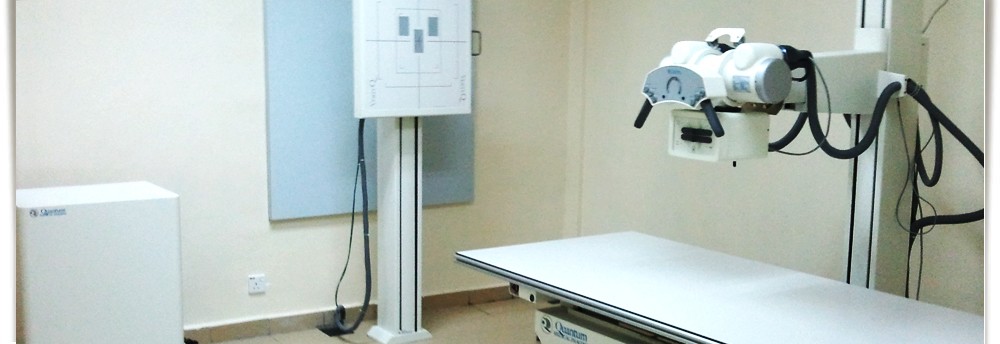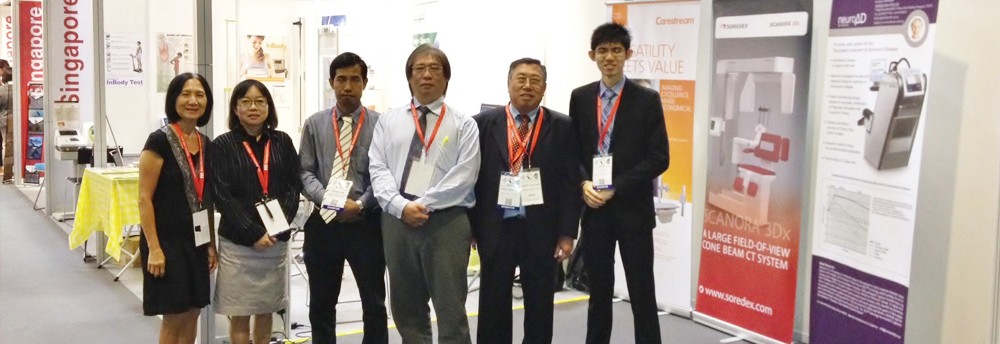Asynchronous & Synchronous Three Phase Machines
Asynchronous Machines
The asynchronous machine is the machine of the future! Especially the low-maintenance squirrel-cage motor with frequency-converter feed continues to make inroads into the application areas of DC and AC machines.
With this degree of manipulation the asynchronous machine can be used in all power classes from small washing machine motors up to roller drives. They are characterized by their linear rotation speed/torque responses in the proximity of their nominal operating point as well as its excellent flexibility through constructive measures.
Leybold Didactic offers the standard slip-ring and squirrel-cage motor models and also special types such as Dahlander motors or motors with separate windings in the 0.3 kW and 1.0 kW power classes. Experiments involving switch-on and start-up as well as run-up of these machines are didactically prepared and covered in the experiment literature. The manual or computer-assisted recording of the operating characteristics and current locus curves are also dealt with.
In conjunction with a drive machine (AC pendulum machine in the 0.3 kW class or a DC pendulum machine in 1.0 kW class) the characteristics can be recorded in the 1st and 3rd operating quadrants for motor operation.
The asynchronous machine with frequency-converter feed and its operating response is dealt with in greater depth in the topic area “Three-phase Drives” (TPS 12.4).
Synchronous Machines
Three-phase machines also include synchronous machines. In contrast to asynchronous machines they run at constant speed and are dependent solely on the frequency of the revolving field. Thus they are independent of the load torque. Besides being operated as a motor – e.g. conveyor belts, textile machines, paper and other winding or reeling machines – it is also used as a so-called “phase-shifter”. Here the effect is exploited that both inductive as well as capacitive reactance can be tapped from the
mains feed. For that reason it is used instead of large capacitors to compensate for inductive reactance – as it arises, for example, when machines are in operation.
However, the area where synchronous machines are really used is generator operation. They are used today anywhere from the small shaft generators of a ship’s power supply (several kW) up to the hydrogen-cooled power generators (several MW). Investigations are undertaken on run-up, excitation as well as efficiency and the various types of load. As drive machines you can use the AC pendulum machine for the 0.3 kW power class or the DC pendulum machine for the 1.0 kW class. Also of interest in this context is the topic of “power station control” which is dealt with in the subject area TPS 11 “Electrical Power Engineering”.
Topics
1. Asynchronous
1.1 Motor
– Design and function
– Operating response
– Start-up:
Slip-ring rotor
Deep-bar squirrel-cage motor
Star/delta switch-on
Switch-on via starting transformers
Short-circuit smooth-starting circuit
(KUSA)
– Braking:
Braking by reversal
DC braking
Counter-torque lowering circuits
– Power balance of the ideal rotating field machines
– Power flux
– Locus curve (Heyland circle)
– No-load experiment
– Short-circuit experiment
– Speed-variable asynchronous
Motors
Pole reversing circuit
Dahlander circuit
Speed setting by means of slip regulation
Slip-ring rotor
1.2 Generator
– Design and function
– Fundamentals of the 3-phase generator:
Operating characteristics
Generator slip
– Self-excitation of the asynchronous generator
– Current locus curve
– Voltage stability
– Area of application:
Operation on a constant-voltage
Constant-frequency system
Stand-alone operation
– Power balance
2. Synchronous
2.1 Motor
– Non-salient pole and salient pole rotor
– Voltage equations equivalent circuit diagram and vector diagram
– No-load and three-pole sustained short-circuit
– Locus curves and control characteristics
– Torque and load
– Potier reactance triangle and armature reaction
– Synchronization and parallel switching
– Starting response for synchronous motors
– Control of the reactance
2.2 Generator
– Voltage generation
– Excitation of the synchronous machine
– Operating response
– Armature current and torque, braking operation and locus curve
– Starting and synchronisation
– Single-phase generator
